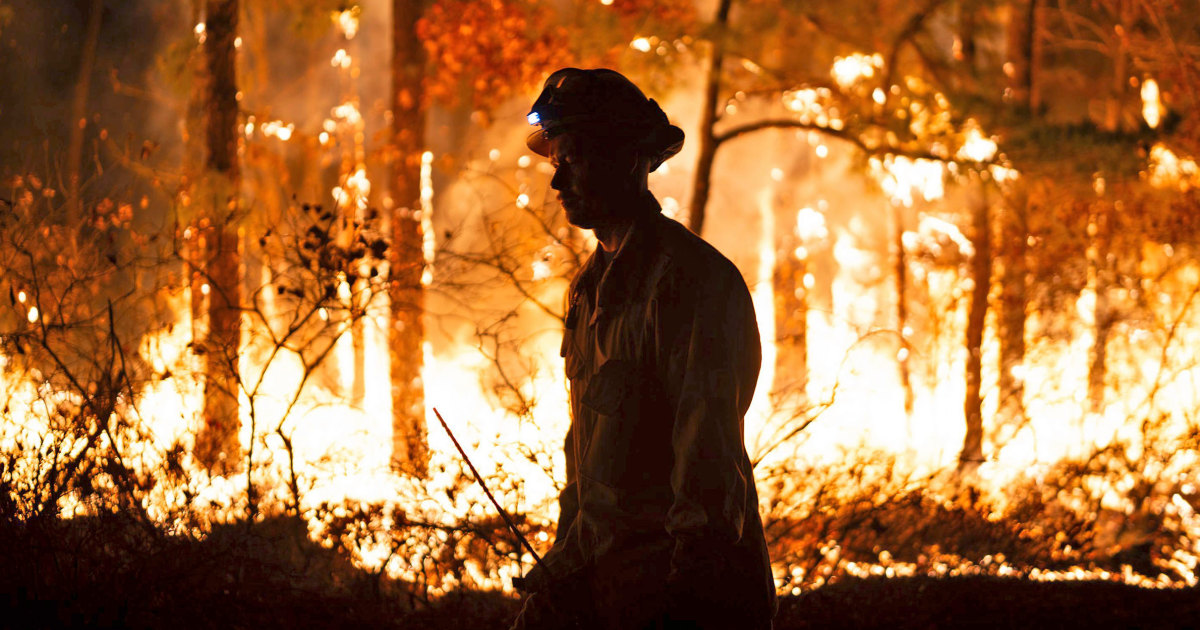The Summary
- A majority of the Northeast has been plunged into drought after an exceptionally dry and warm start to fall.
- Nationally, October was one of the driest months on record.
- Fires have broken out in New Jersey and Connecticut, where fire risk remains high.
Dry and unseasonably warm conditions in the Northeast have plunged much of the region into drought, fueling wildfires in New Jersey, Connecticut and Massachusetts.
October ended as one of the driest months on record in the United States, according to the National Oceanic and Atmospheric Administration. The Northeast, in particular, saw scant precipitation.
Cities such as Philadelphia; Newark, New Jersey; Wilmington, Delaware; and Norfolk, Virginia, recorded no rain at all in October, according to the Southeast Regional Climate Center, which collects precipitation data from more than 1,400 weather stations across the country. Several cities, including Philadelphia and Washington, D.C., set new records for the number of consecutive October days without any measurable rainfall.
“This is a region that we don’t typically associate with drought,” said Benjamin Cook, an adjunct research scientist at the Lamont-Doherty Earth Observatory in Palisades, New York. “To have such persistent periods of really intense drought conditions is not very common.”
The dry spell has not let up in the first week of November, with much of the region in the grips of “severe” drought, as classified by the U.S. Drought Monitor, which tracks conditions nationwide and releases weekly color-coded maps to show the extent and intensity of drought.
The Drought Monitor’s latest map, released Thursday, showed drought conditions expanding from Virginia, Pennsylvania and New York up into Massachusetts and Maine. Dry conditions have intensified in some states, with parts of New Jersey, Pennsylvania, West Virginia and Maryland now in “extreme” drought.
“Extreme drought is basically a 1-in-25-year type of drought event,” said Brian Fuchs, a climatologist at the National Drought Mitigation Center at the University of Nebraska-Lincoln, and one of the authors of the U.S. Drought Monitor’s maps.
Drought watches and warnings have been declared in New York, New Jersey and Pennsylvania, with calls to the public to voluntarily reduce water use.
The region’s dry and warmer-than-usual weather has been caused, in part, by a strong high-pressure ridge that parked itself high in the atmosphere over much of the country for several weeks. Across the Northeast, Great Lakes and South, temperatures were 15 to 30 degrees Fahrenheit higher than normal for late October and early November.
More than half of the continental U.S. is experiencing some level of drought. That includes 56% of the Northeast, according to the Drought Monitor.






